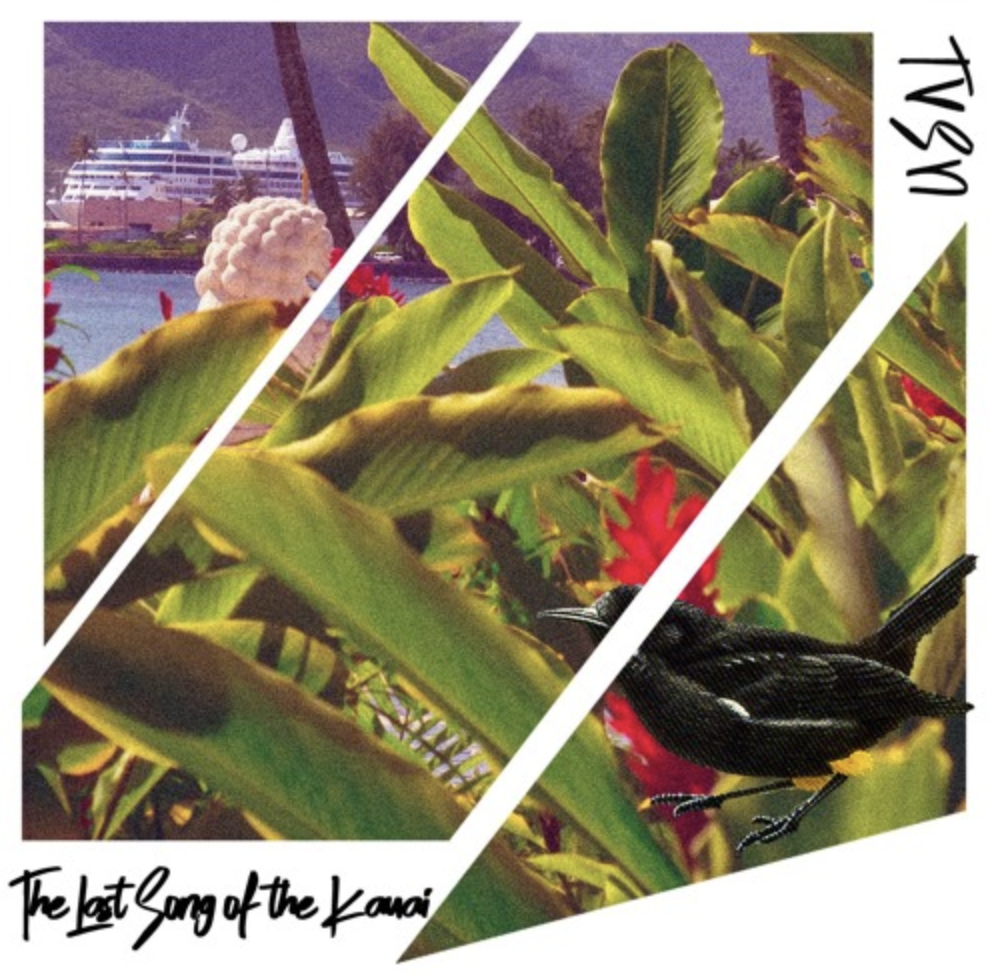
If you’re looking for a reason to feel pessimistic about humanity, animal extinctions are a reliable genre.
The story arc is pretty consistent:
- a given species is thriving in a part of the world where human presence is sparse;
- a sudden influx of people arrives (generally European colonists), and they find the animal to be a pest and/or fun to hunt and/or delicious;
- a generation or two later and the species is all but gone;
- the last one dies in a zoo to minimal fanfare and biodiversity takes another hit.
The passenger pigeon. The Caspian tiger. The thylacine. These stories are so common, they lose their impact. It’s like hearing about a lethal traffic accident – tragic, but just another number to throw on the statistical pile.
But there’s one extinction story that, for some reason, I can’t stop thinking about: the Kauai O’o bird.
The Kauai bird was tiny – they could fit comfortably into the palm of your hand – but their song was powerful and melodic. They made their nests in naturally-forming cavities of trees, and this preference ultimately contributed to their downfall. As trees were felled to make way for humans, there were fewer nests to be had. A rise in diseases transmitted by mosquitoes may have caused them to seek higher ground, limiting their options further, and a couple of bad hurricane seasons, which took down yet more trees, was probably the final blow.
The last one died in 1987, and its final mating song was captured on audio tape by an American ornithologist named H. Douglas Pratt.
A video of that sound recording, uploaded to YouTube a decade ago, is one of the most mesmerizing things you are likely to hear in your life. It’s sad, but I can’t stop listening to it. I don’t know why. It gives me a profoundly lonely feeling that suggests something terrible and ominous, but just slightly beyond the tip of my tongue.
Turkish artist TVSN released a beat tape last week loosely based around the Kauai bird’s extinction. Like the song of the bird it honours, the music is haunting, hypnotic, and tinged with an un-articulable sadness.
What makes this a beautiful song:
1. The wandering piano line, as it crests its high notes, reminds me of the last recording of the Kauai O’o.
2. The heavy, steady percussion reminds me of the inevitable rumble of human progress.
3. The pause at 1.17 recalls the silences in the Kauai bird’s mating call as recorded by Pratt in 1987 – silences that are there because it was supposed to be a duet, but there was no female bird left to answer.
Recommended listening activity:
Wondering what evidence of you will remain in 100 years.